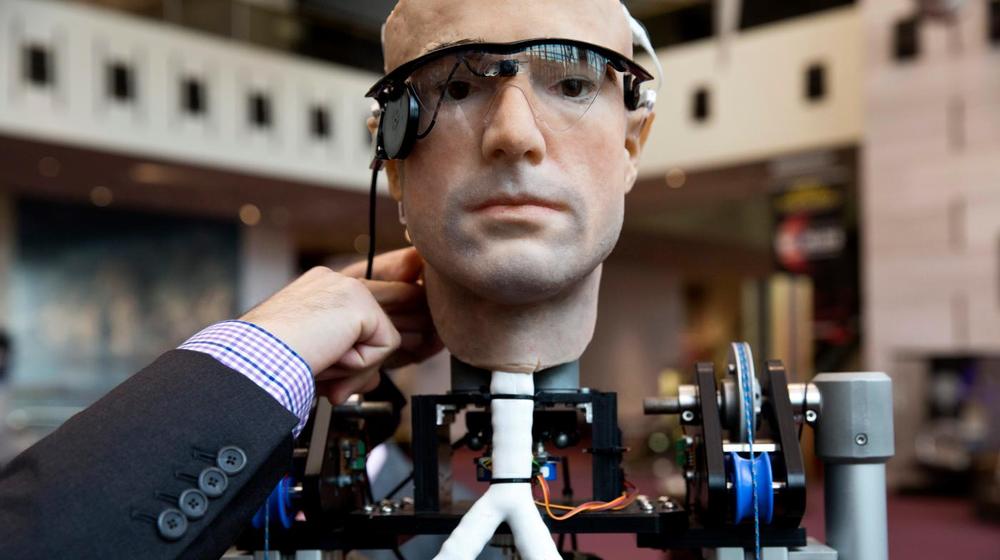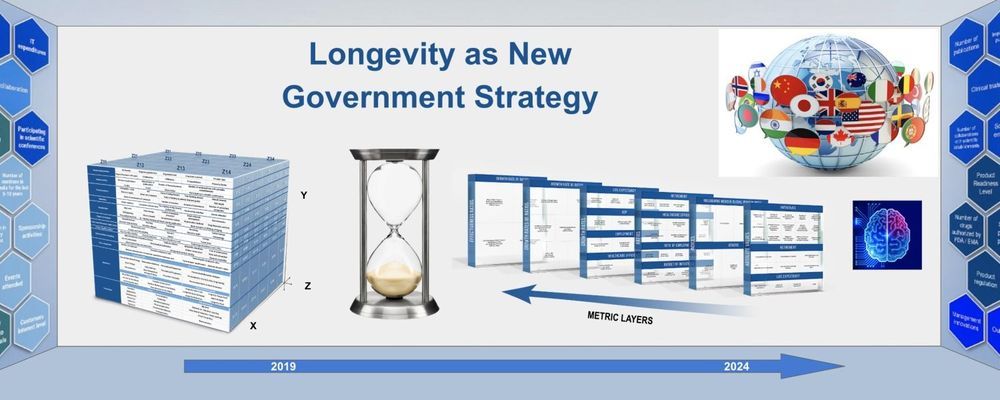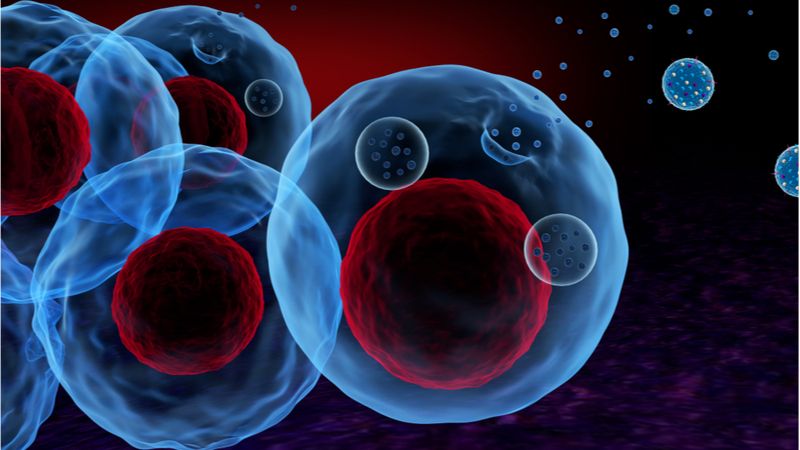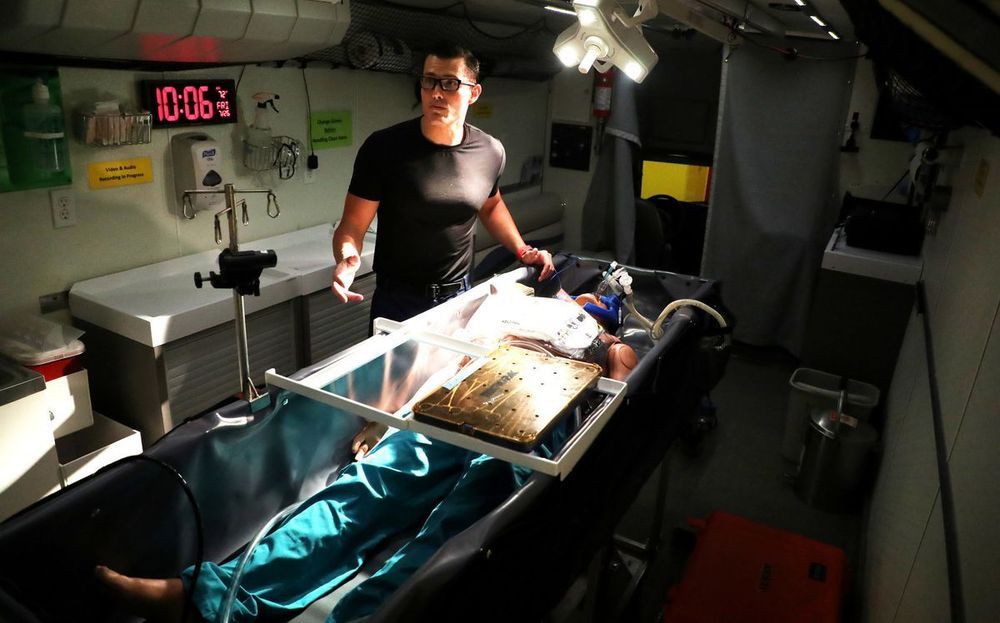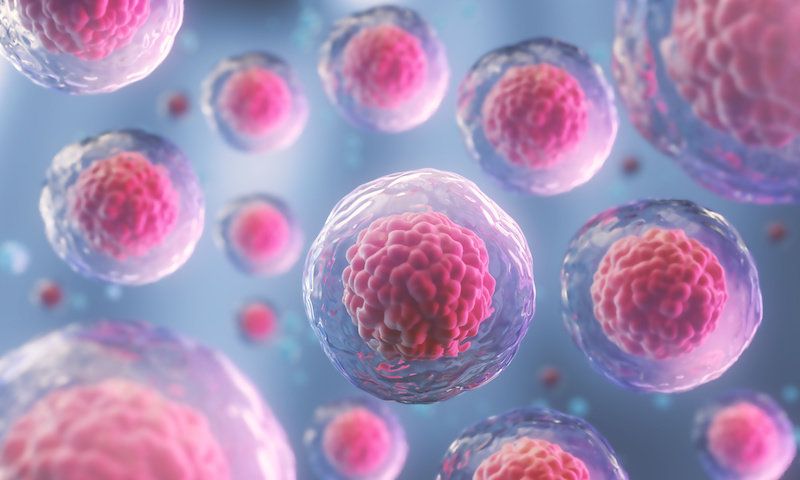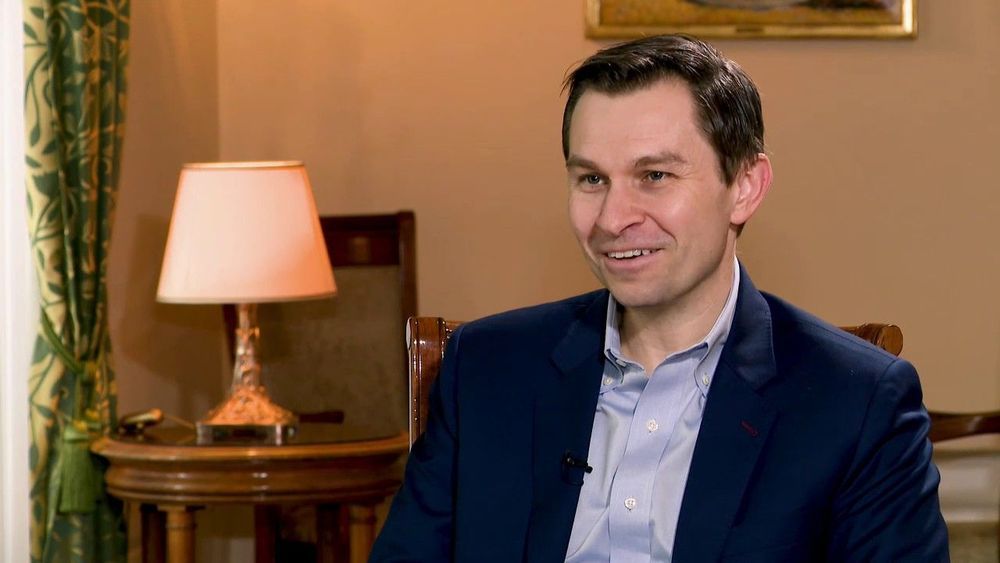New research from the USC Viterbi School of Engineering could be key to our understanding of how the aging process works. The findings potentially pave the way for better cancer treatments and revolutionary new drugs that could vastly improve human health in the twilight years.
The work, from Assistant Professor of Chemical Engineering and Materials Science Nick Graham and his team in collaboration with Scott Fraser, Provost Professor of Biological Sciences and Biomedical Engineering, and Pin Wang, Zohrab A. Kaprielian Fellow in Engineering, was recently published in the Journal of Biological Chemistry.
“To drink from the fountain of youth, you have to figure out where the fountain of youth is, and understand what the fountain of youth is doing,” Graham said. “We’re doing the opposite; we’re trying to study the reasons cells age, so that we might be able to design treatments for better aging.”

